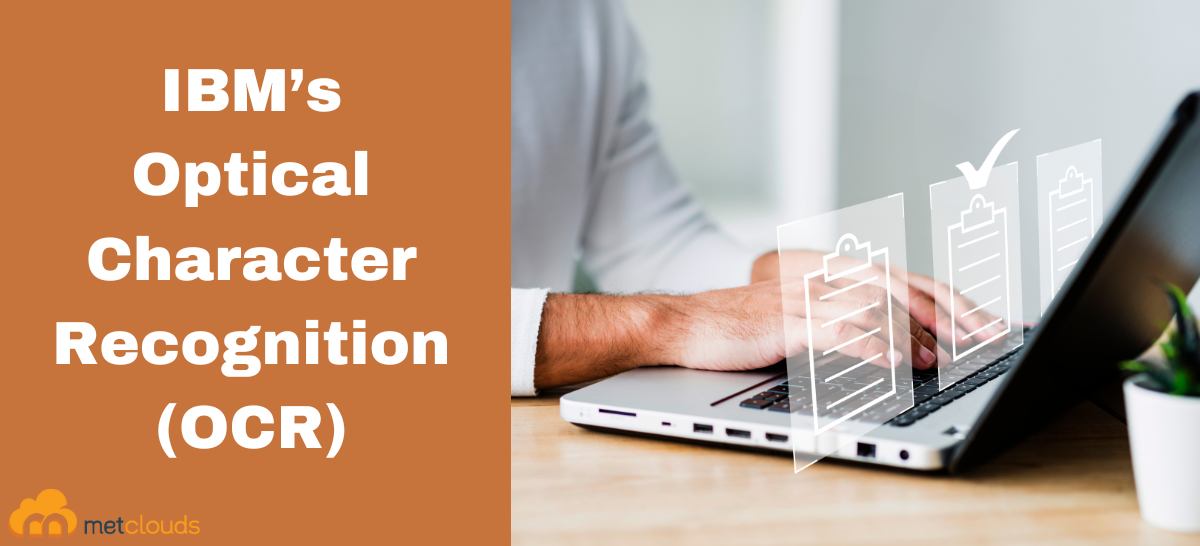IBM’s Optical Character Recognition (OCR) technology is a powerful tool that converts scanned images, PDF documents, and other types of files into editable and searchable content. OCR analyzes the text in the image or document and converts it into machine-readable text that is edited, searched, and analyzed.
IBM’s OCR technology is highly accurate and can recognize text in various languages, including English, Spanish, French, German, and more. It can also recognize handwriting and even identify specific fonts and formatting styles.
One of the main benefits of IBM’s OCR technology is its ability to automate manual data entry tasks. By converting scanned images and other types of files into editable text, OCR can save time and reduce errors associated with manual data entry. This technology is useful in industries where large volumes of data need to be processed quickly and accurately.

OCR program first analyzes the structure of the document image. For that, it needs to figure out the area of the text, lines of the text, spacing between the text, and all sorts of other document elements. And once it is loaded in the characters, they are re-entered to bitmap. Then it is processed by several algorithms. One of the most common algorithms is pattern recognition. This involves training a computer with a large set of known characters. The next algorithm is feature analysis. This relies on the characteristics of each character.
Benefits of IBM’s Optical Character Recognition
Some of the benefits of IBM’s OCR technology include:
- OCR technology helps businesses and organizations to streamline document management processes by converting paper documents into digital format. So this can save time and reduce the need for manual data entry, leading to improved efficiency.
- This technology uses advanced algorithms and machine learning to recognize and translate printed characters accurately. And can reduce errors caused by manual data entry, improving the overall accuracy of the data.
- By reducing the need for manual data entry and paper document storage, IBM’s OCR technology can help organizations save money on labor and storage costs.
- Digitizing printed documents using OCR technology can make them more accessible to people with visual impairments or other disabilities. The text can be converted into audio or enlarged on a screen to aid reading.
- IBM’s OCR technology can be integrated with other software systems, such as content management systems, to automate document processing and improve workflow.
Document understanding by IBM’s OCR technology
IBM’s OCR technology can analyze the layout of a document to identify the location of text, images, and other content. This enables accurately extracting information from specific areas of a document. Also uses advanced algorithms to recognize and translate printed characters into digital text. It can accurately recognize characters of different fonts, sizes, and styles. Natural language processing (NLP) is used to understand the context and meaning of text. This enables it to accurately interpret text and extract relevant information. This technology can extract structured data, such as names, addresses, and dates, from documents. It can also extract semi-structured data, such as invoices, purchase orders, and receipts. Also, OCR can classify documents based on their content and format. Also, enables accurately route documents to the appropriate recipients or processing workflows.
Conclusion
IBM’s Optical Character Recognition (OCR) technology is a powerful tool that can help organizations to improve efficiency and productivity by automating manual data entry tasks and making scanned documents and images more accessible and searchable while reducing costs and enhancing the user experience.
Automate document processing workflows and improve the efficiency of your business with IBM’s OCR.


